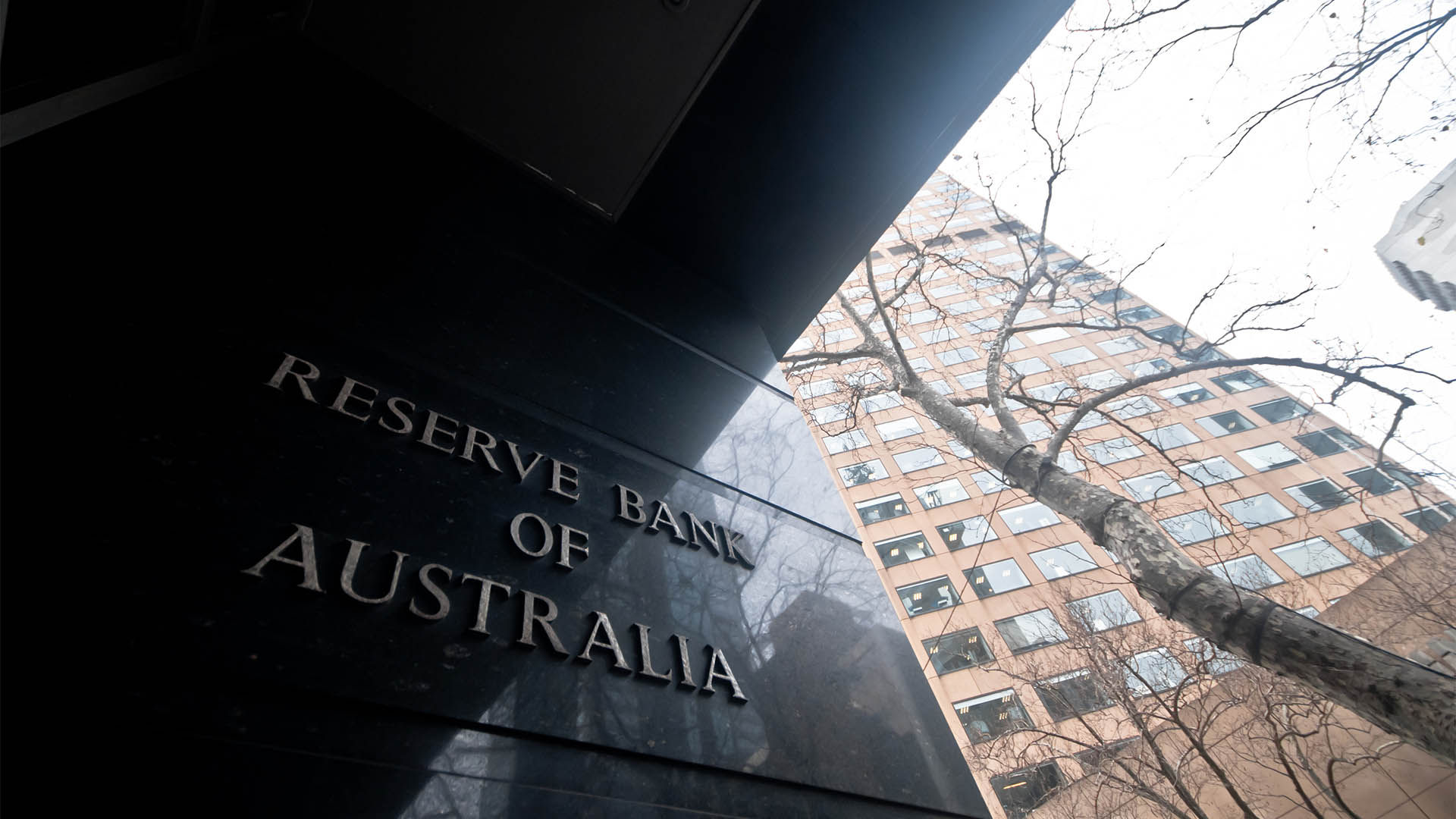Building approvals in October fell sharply because of a dramatic slide in the number of new apartments, townhouses and units approved by local governments.
The Australian Bureau of Statistics said the seasonally adjusted number of dwellings approved fell 12.9% in October after September’s 3.9% dip.
But the fall in the number of approvals took them back to where they were a year ago and still well above pre-pandemic levels, according to the Australian Bureau of Statistics (ABS).
The fall in the total number of dwellings approved in October was driven by a 37.5% slump in the number of non-private dwellings approved.
In contrast the number of new private sector houses approved stabilised, with a rise of 4.3% following the steep 14.8% fall in September.
Daniel Rossi, the ABS’ Director of Construction Statistics said in a statement with the data that the series has been at historically high levels over the past year, largely driven by Government stimulus to offset the impact of Covid and the lockdowns (mostly the HomeBuilder program) and record low interest rates.
“The October result remains 34.3 per cent higher than the pre-pandemic level in October 2019, despite slowing in recent months,” he pointed out.
Across Australia, the number of dwelling approvals fell 29.4% in New South Wales, South Australia (-8.1%), Western Australia (-2.7%), Victoria (-2.0%) and Tasmania (-1.8%).
Queensland saw a rise of 2.2%, seasonally adjusted.
The large fall in dwelling approvals in NSW was driven by a large decline in apartment developments approved in October, Mr Rossi explained.
Private sector houses approvals leapt 16.3% in WA, 6.4% in Victoria, 3.3% in Queensland and a tiny 0.7% rise in NSW. South Australia saw a fall of 3.3%.
The ABS said the value of total building approved fell 15.1% thanks to a 20.9% drop in the value of non-residential building (double the 10.4% fall in September).
The value of total residential building fell 11.4%, thanks to a 13.5% drop in new residential building but there was a 2.6% rise in alterations and additions after a big fall in September.
…………
Meanwhile, the fall in today’s third quarter GDP might be a bit smaller than forecast following solid contributions from the trade and government sectors in the three months to September, according data from the Australian Bureau of Statistics.
The balance of payments and government sector will contribute a strong 1.7% in total to GDP, according to the ABS, which is higher than expected.
A $1 billion rise in the current account surplus September quarter to a new record $23.9 billion was due to strong mining and agricultural export revenues – especially from iron ore, copper and LNG.
The overall $5.3 billion increase in the balance on goods and services surplus to a record $38.9 billion will boost the September quarter GDP by 1 percentage point, according to the ABS.
And a solid outcome for net result of government financing activities in the quarter which will see total public demand add 0.7% to GDP.
Normally that would have been enough to guarantee a strong GDP result but it has been undermined by weaknesses elsewhere in the economy thanks to the lockdowns in NSW, Victoria and the ACT hit household spending hard, judging by a 4.4% slide in retail sales volumes in the quarter which produced a 1.9% fall in business inventories in the quarter.
There was also a small dip in the value of construction work done, weak building approvals In September and weak wages growth.
The market expects the economy to have contracted by 2% to 3% over the quarter, though some major banks such as NAB and CBA are anticipating a large fall – closer to 4% in a couple of cases.













